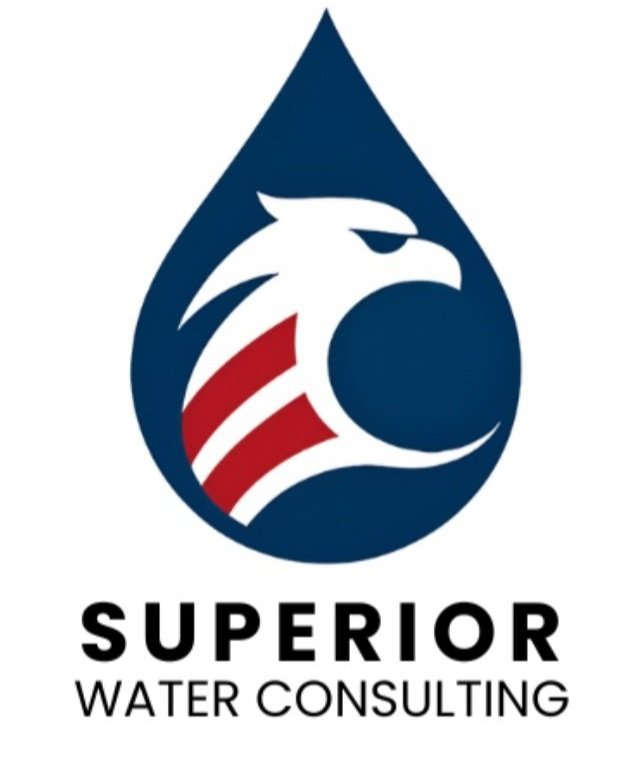Why Flushing Programs Matter: What’s Hiding in Your Pipes?
If you've never seen what comes out of an unmaintained water system, this image is a wake-up call. That rusty plume isn’t just unpleasant—it’s a sign of potential corrosion, stagnation, biofilm buildup, and public health risks. This is exactly why water main flushing programs are a critical part of any utility’s operation.
What Is Water Main Flushing?
Flushing is the process of cleaning water distribution pipes by forcing high-velocity water through them. It helps:
Remove sediment, rust, and biofilm
Improve water clarity and taste
Maintain chlorine residuals
Prevent nitrification in chloraminated systems
Extend the life of the system’s infrastructure
There are two primary methods:
Conventional Flushing – where hydrants are opened to discharge water at high speeds
Unidirectional Flushing (UDF) – a more advanced and strategic method that isolates pipe sections to maximize velocity and reduce water waste
What Happens If You Don’t Flush?
Neglected flushing can lead to:
Public complaints about discoloration or foul taste
Health risks due to biofilm or pathogen development
Increased operational costs from corrosion and pipe failure
Regulatory noncompliance, especially with systems required to maintain disinfectant residuals
According to the EPA's Distribution System White Paper, distribution systems can be the "Achilles heel" of water safety, with biofilm and sediments being among the top concerns for utilities.
How Often Should You Flush?
There’s no one-size-fits-all. Best practices suggest:
Annually for most systems
Quarterly or monthly in problem-prone zones
Immediately after repairs or main breaks
Seasonally, especially in areas with temperature fluctuations that affect chlorine residuals
A well-planned UDF program can flush more effectively using 40% less water than conventional flushing, according to AWWA's guidelines.
Who Needs a Flushing Program?
Whether you're managing a municipal utility, school campus, industrial site, or a private well-based distribution system, your infrastructure needs flushing. Systems serving vulnerable populations—like hospitals and childcare centers—are especially at risk.
How We Help
At Superior Water Consulting, we design and implement flushing programs tailored to your system’s needs. Our services include:
Mapping and modeling flushing routes
Performing and documenting unidirectional flushing
Water quality testing before and after
Staff training and SOP development
Long-term optimization of your O&M program
The photo above was captured during a field assessment in San Diego County.
